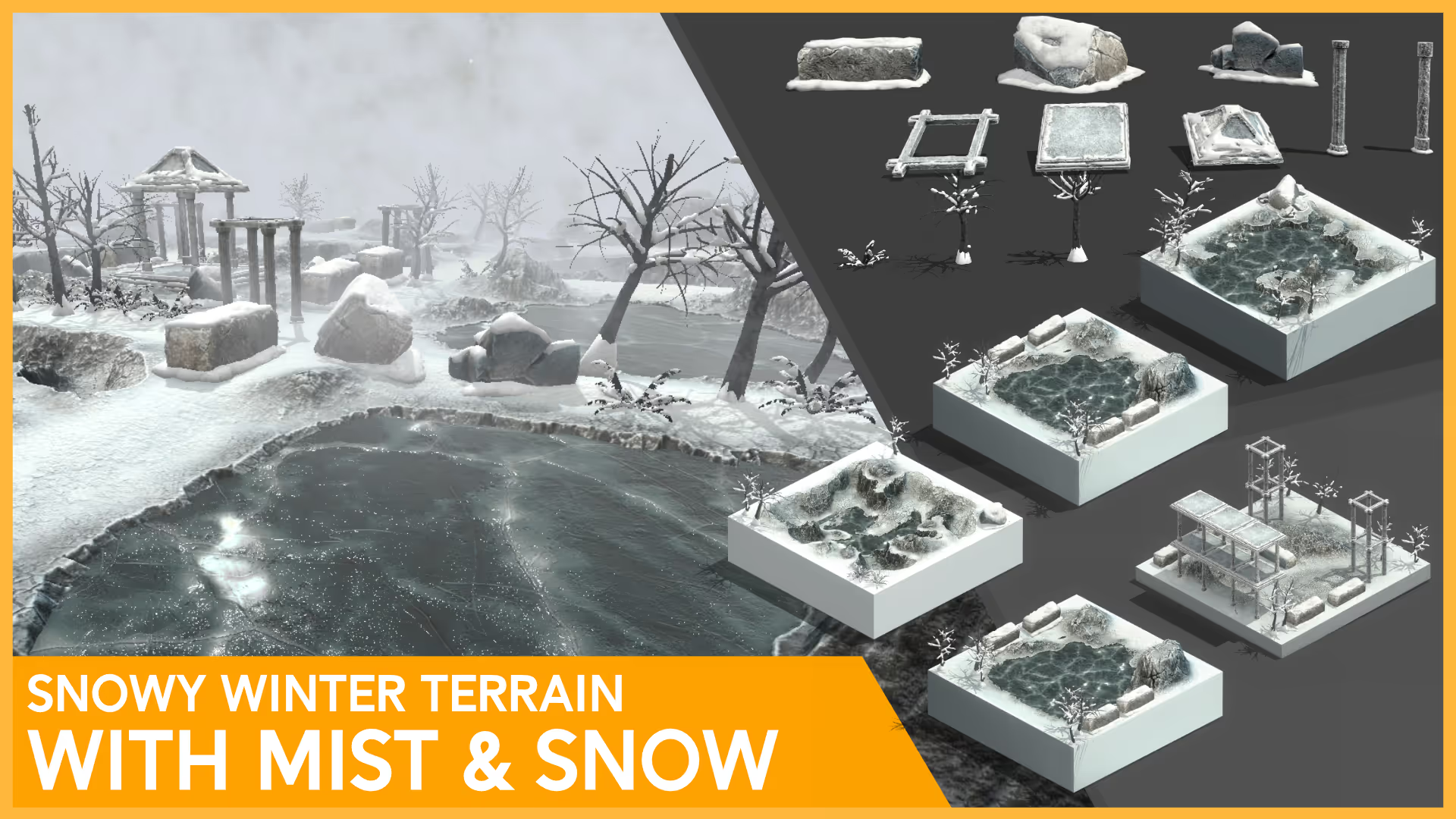What is an Indie Game
Indie games are continuing to gain popularity in the gaming industry. More indie developers are creating incredible games, which in turn leads to the emergence of yet more indie titles. In this article, you will learn everything you need about indie games.
This article is part of a series on getting started with game development and game engines. We recommend you read the series in order, but feel free to jump around.
- What is an Indie Game?
- How to become a self-taught game developer
- The 7 Stages of Game Development
- Indie game programming for complete beginners
- 23+ Game Development Courses and Resources
- How to choose the right game engine
- Unity vs. Unreal
- Unity vs. Godot
- Game development with Unity
- Unity Basics
- Unity Free vs. Pro
- Unity Asset Store
- Best Unity Courses for 2024
What is an indie game?
Indie games are games created by solo or independent developers or a small team of 2 to 10 developers. Indie games are often developed independently without financial support from large game publishers. Therefore, they are referred to as independent video games.
Many indie games are also published for free, as free games, on platforms like itch.io. In part, this is because many indie games are developed as personal or educational projects. On the other end of the spectrum, indie games can and should charge for players, and they can be huge financial hits.
📄 Resources:
History of indie games
The origin of Indie games can be traced back to the early 1960s. The first Indie game to be ever released is Spacewar, with its first release in 1963. However, the term Indie Game was not really in use until the 2000s. For most of its history, game development has been reserved for larger developers and publishers.
Historically, developing a game was very expensive for two primary reason. The first reason is technical - to build a game, you typically start with a game engine that powers your development and design workflows. Previously, engines were proprietary software offered with huge license fees. Or, they were not offered at all. In addition, it used to cost a huge amount of money to physically distribute a game.
The rise of indie games in the early 2000s can be attributed to two major shifts in the game development space. First, the development of game engines like Unreal Engine and Unity favored prospective indie developers, making it easier to develop creative games independently or with a small team. Second, distribution shifted from a physical-first to a digital-first model, which dramatically reduced the cost of distribution and risk of failure for small projects with limited marketing.
Over the years, indie games have gained popularity and visibility in the world of game development with more indie games emerging. In 2012, Journey was the first Indie game to win the Game Developers Choice Award for Game of the Year and D.I.C.E Award for Game of the Year. Also, a popular video game Minecraft was first released as an indie game. (Minecraft is now owned by Microsoft).
Indie games have also gained ground in the world of mobile game development. Mobile game development tends to be faster and cheaper, with more limited development scope as compared to traditional desktop or console games. This favors smaller teams that can move quickly. Supercell, a major mobile game developer, stands up small, innovative, in-house “startup” teams that enable them to emulate the speed and agility of indie game development studios.
These days, many indie games find their start in fast-paced game jams. A successful showing in the game jam is a strong hint to continue iterating on the project. Game jams are an excellent place to innovate with a new game idea because they are so fast-paced and timeboxed. So, developers build off of their learnings at the jam, and then ulimately release a project that has been vetted before development really began.
Typically, indie games steer clear of a few challenging genres. These genres pose more complex development challenges that are more difficult to overcome without significant funding. Examples of the genres include MMOs, competitive multiplayer shooters, and large open-world narrative games. Each of these genres typically has specific technical or logistical challenges that make it more challenging for bootstrapped or underfunded teams to succeed. However, it does not always rule out all indie game developers from making an attempt. Who knows – One day your game might show up on our list of upcoming MMOs.
📄 Resources:
Successful indie games today
There are thousands of indie games that have gone on to huge success over the years. Fortunately, we aren’t going to list every single one. Instead, we’ll give you a few examples of some of the most successful indie games that have been released to date.
- Touhou Project: This is a video game series developed by an independent Japanese developer Team Shanghai Alice. It is a series with 19 mainline games and 6 spinoffs.
- Cave Story: An adventure video game developed by an independent Japanese developer Daisuke Amaya.
- Braid: Another Indie title developed by Number None
- Super Meat Boy: A platform game developed by two developers - Edmund McMillen and Tommy Refenes under the team name “Team Meat”.
- Minecraft: This is one of the most successful and best-selling video games first released as an indie game. It was developed by the Mojang Studios with about 140 million active players as of 2023.
sThere are other successful indie games like COCOON, Fez, Shovel Knight, Undertale, Cuphead, Hades, LIMBO, Hollow Knight, Palworld, and many more.
📄 Resources:
Pros and cons of making an indie game
There are enticing advantages to developing indie games. The most prominent one is freedom. The development of indie games gives you the freedom to explore your creativity to any length. Also, you don’t have to worry about meeting strict deadlines, you work at your own pace. The success of your game is yours, you get all the credit for your work.
However, developing indie games can be difficult due to three main factors: financial resources, technical resources, and marketing resources.
Financial: Limited financial resources make it challenging to support long runways for game development. As a result, indie developers are forced to be both incredibly intentional and absolutely ruthless about scoping and features. Game developer salaries are not low. Indie development walks on a knife’s edge, so you can easily run out of runway if you fail to manage your project effectively.
Technical: Independent game studios have less access to specialists in technical fields, like butt jiggle physics or water physics. In addition, these studios operate at scale and are able to develop in-house automated workflows to speed up development. As a result, it is comparatively more expensive for indie devs to develop advanced features that depend on detailed subject-matter expertise or long-term investment. In turn, this makes it challenging to compete with larger game studios that have access to advanced technology.
Marketing: Indie studios often suffer from limited marketing budgets. This affects indie deelopers in two ways. The first is from a strictly financial perspective: the budget to execute a single small-scale Ad or Influencer campaign can easily top $30k. For a small studio, these costs can be prohibitive. The second impact impact is on a strategic level. Indie developers typically can’t in-house a marketing function, so their marketing strategy, communications, and execution will be less effective than teams that have in-house subject-matter experts who are familiar with the brand and playerbase.
These factors combine to make it incredibly challenging for indie game developers to compete effectively with larger game studios. However, assuming that you have runway and flexibility, it is hard to beat the creative freedom afforded to indie game developers.
📄 Resources:
- How to market your indie game
- How to market your indie game pre-launch
- How to market your indie game post-launch
- Pricing strategy for indie game developers
Conclusion
The future of indie games is bright. Indie games will continue to gain more ground in the gaming industry. They now represent a major part of the gaming industry. Therefore, it’s certain that indie games are here to stay. We should expect to see more advancements and innovations in indie games as time goes on.
P.S. If you are running a game jam for indie games, you would love our game jam theme generator, which can help you brainstorm new ideas for your game jam’s theme!


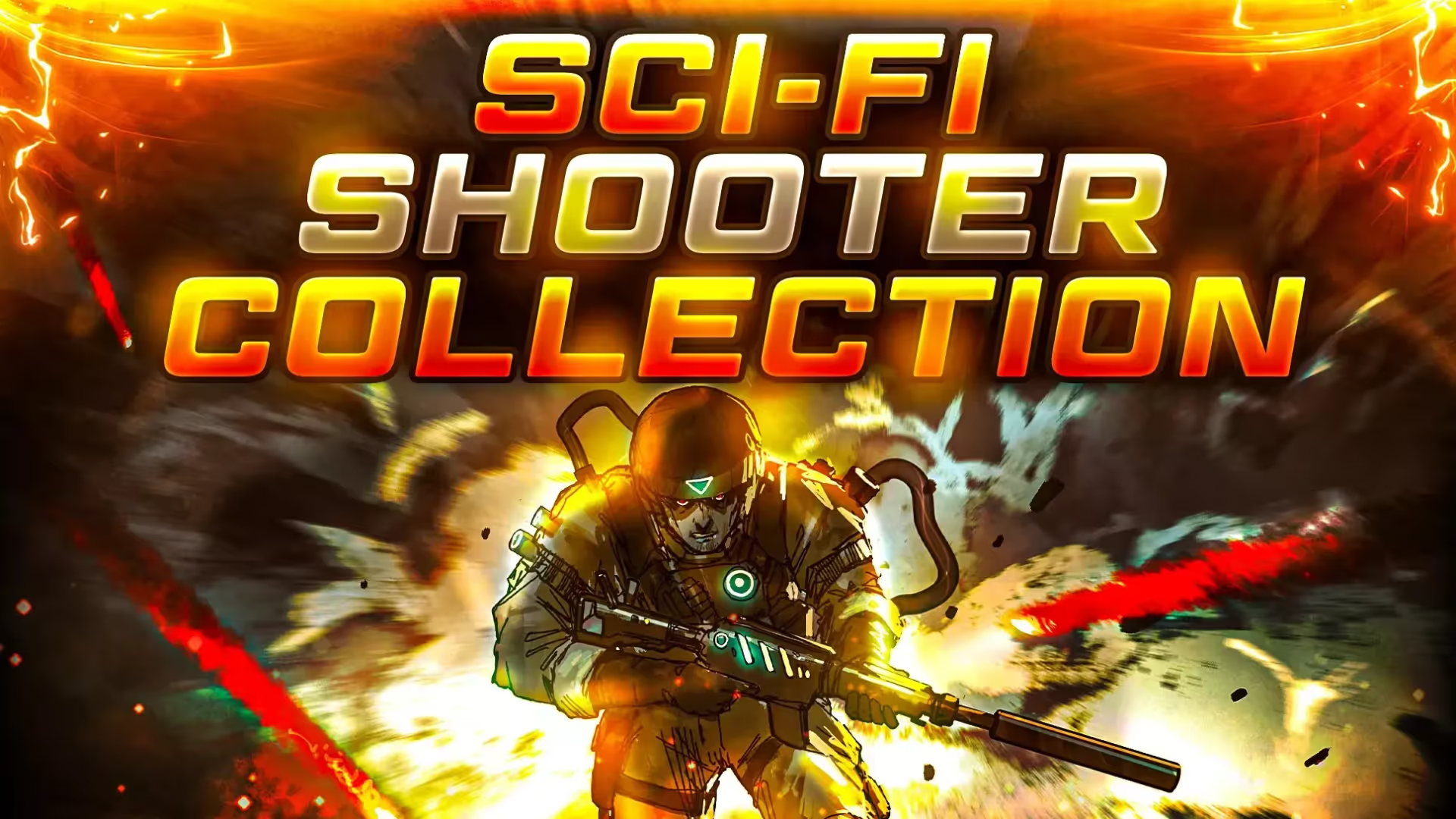

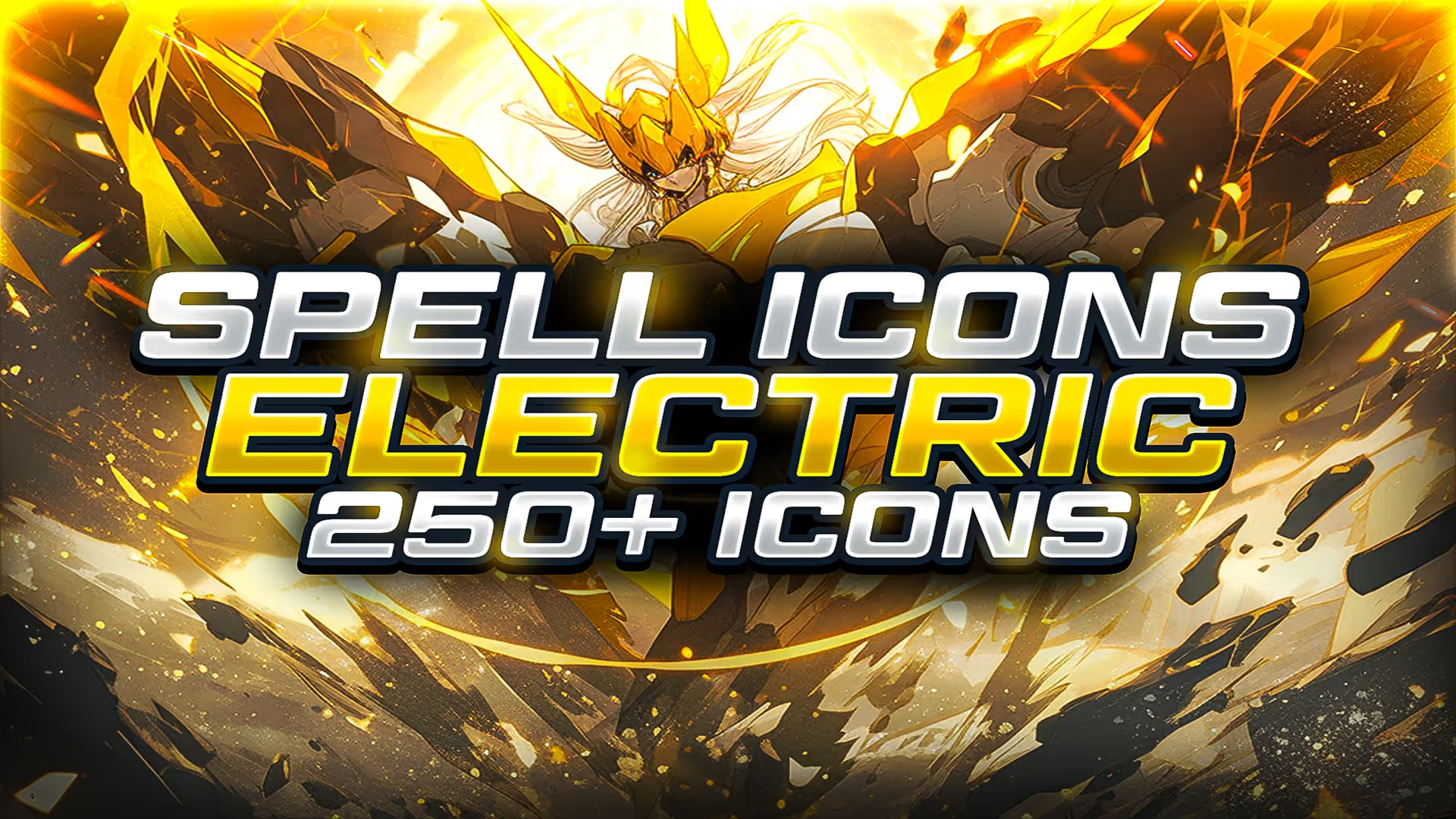

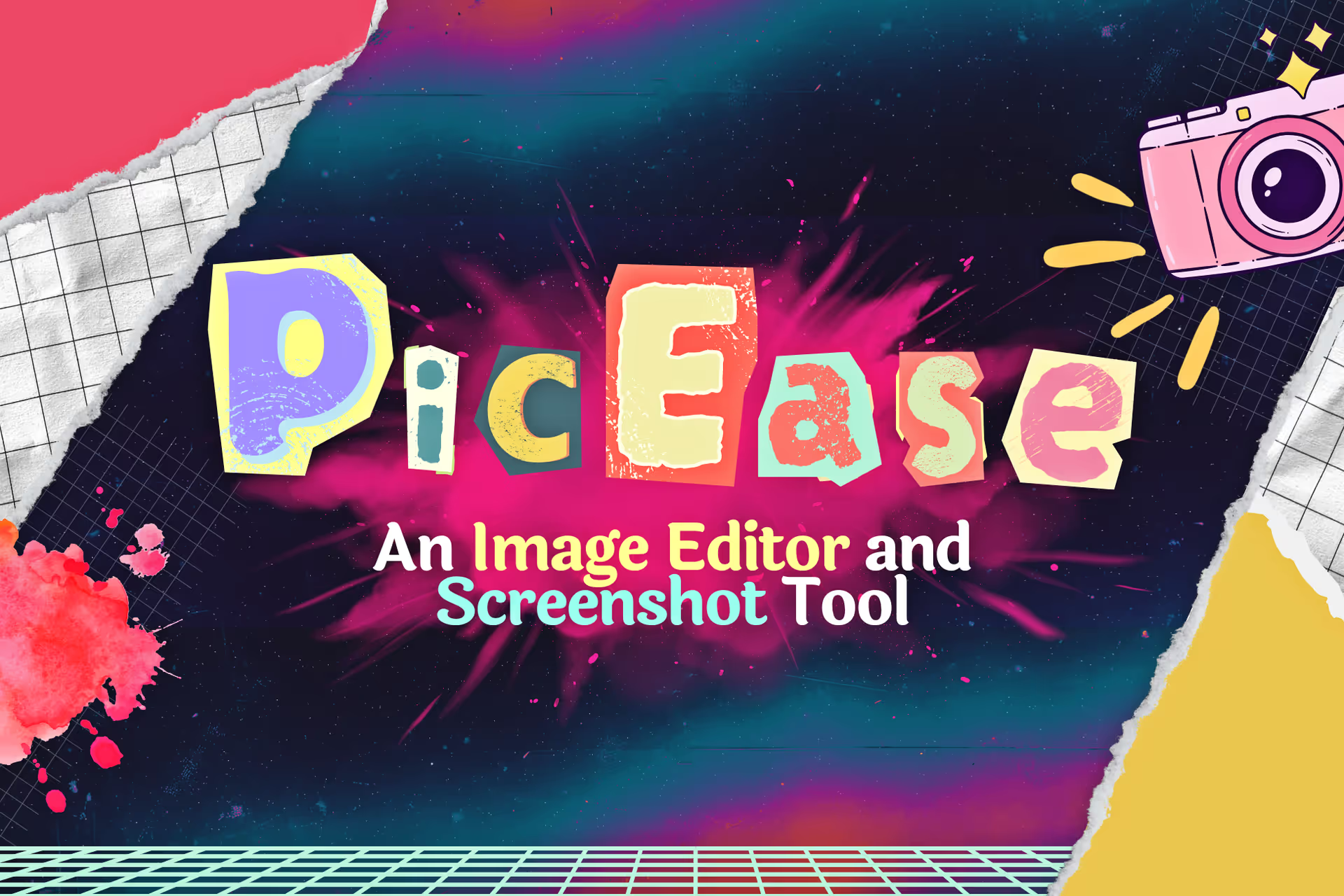


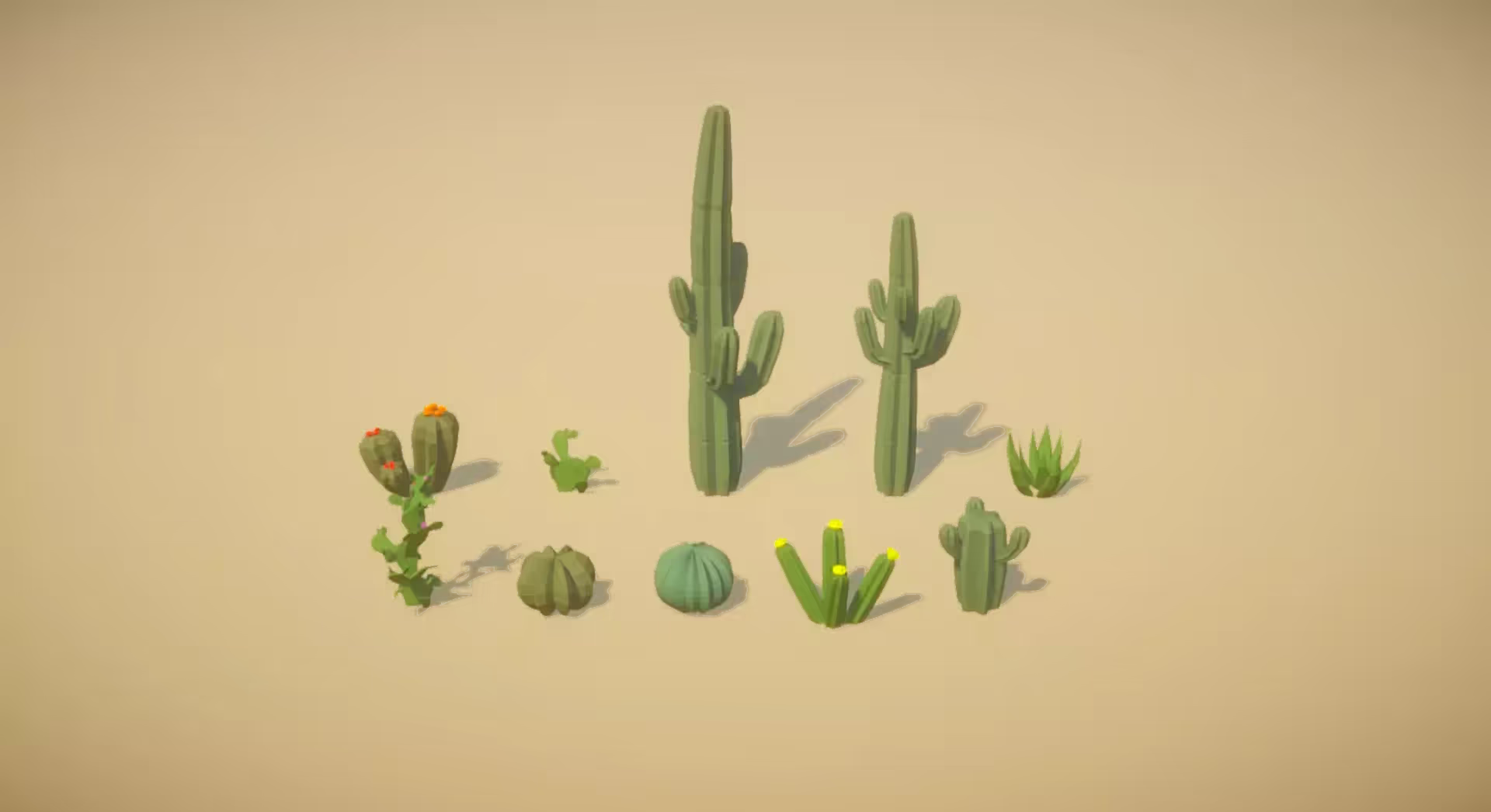
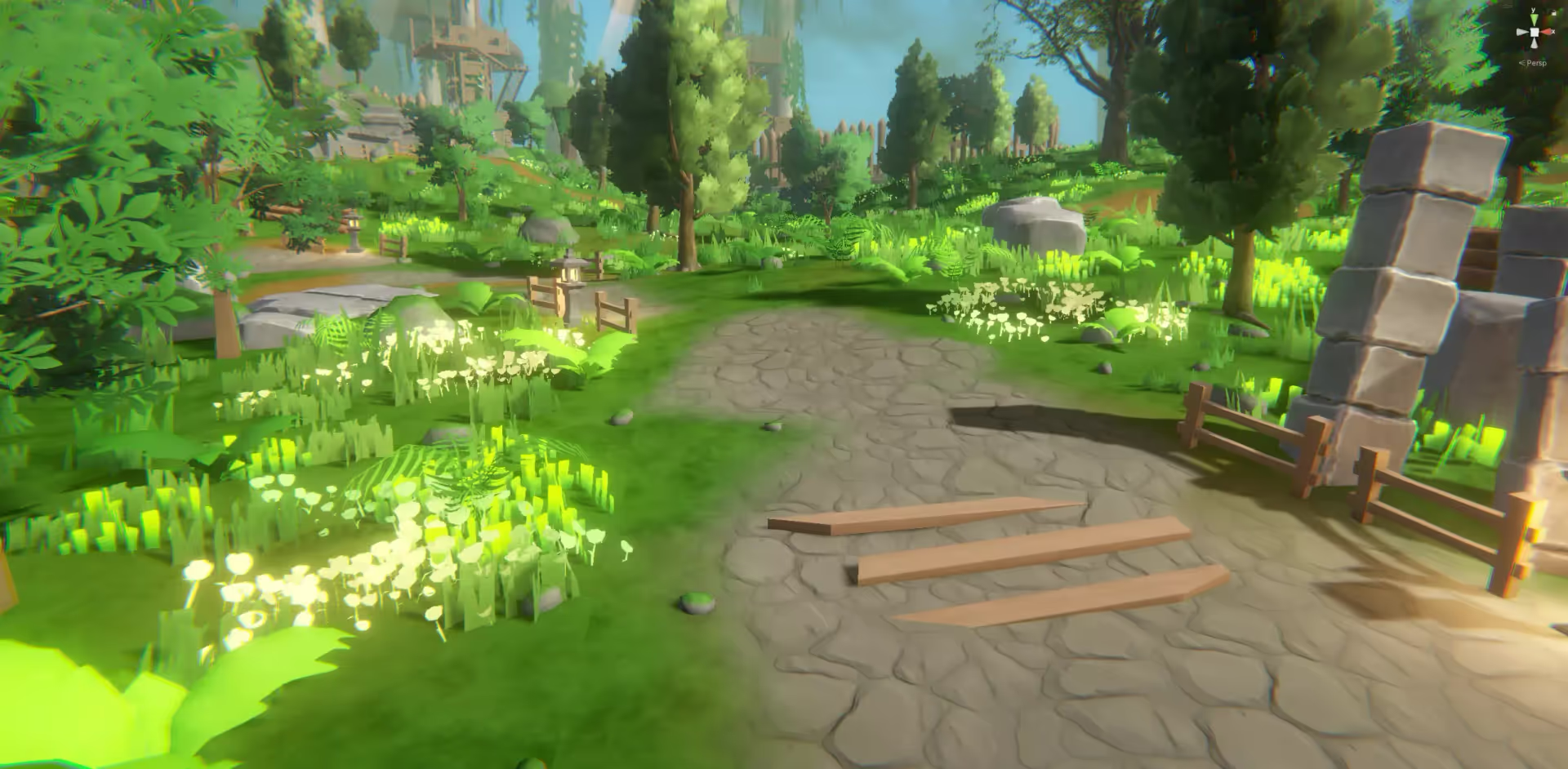

.avif)




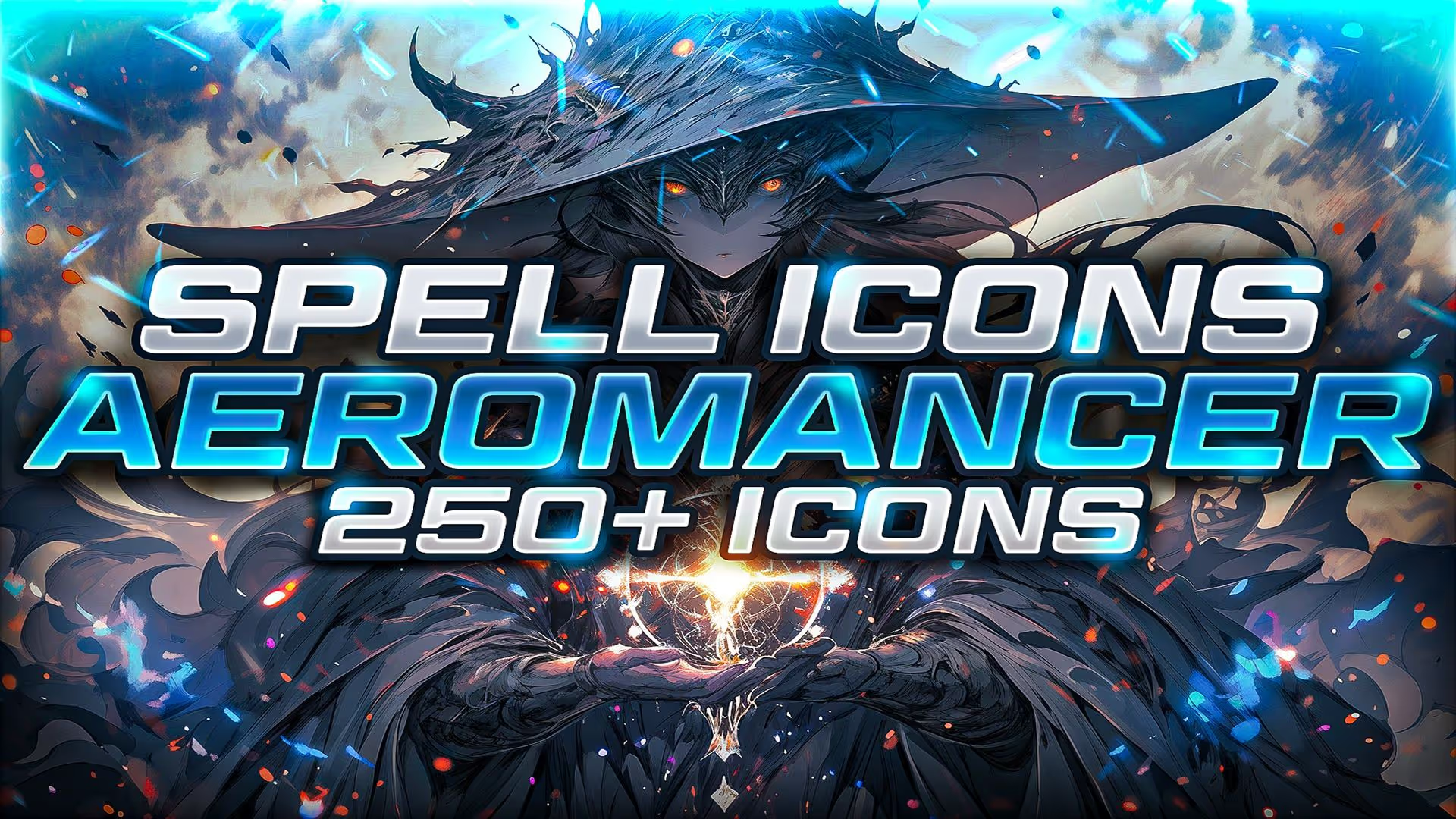
.avif)
.avif)
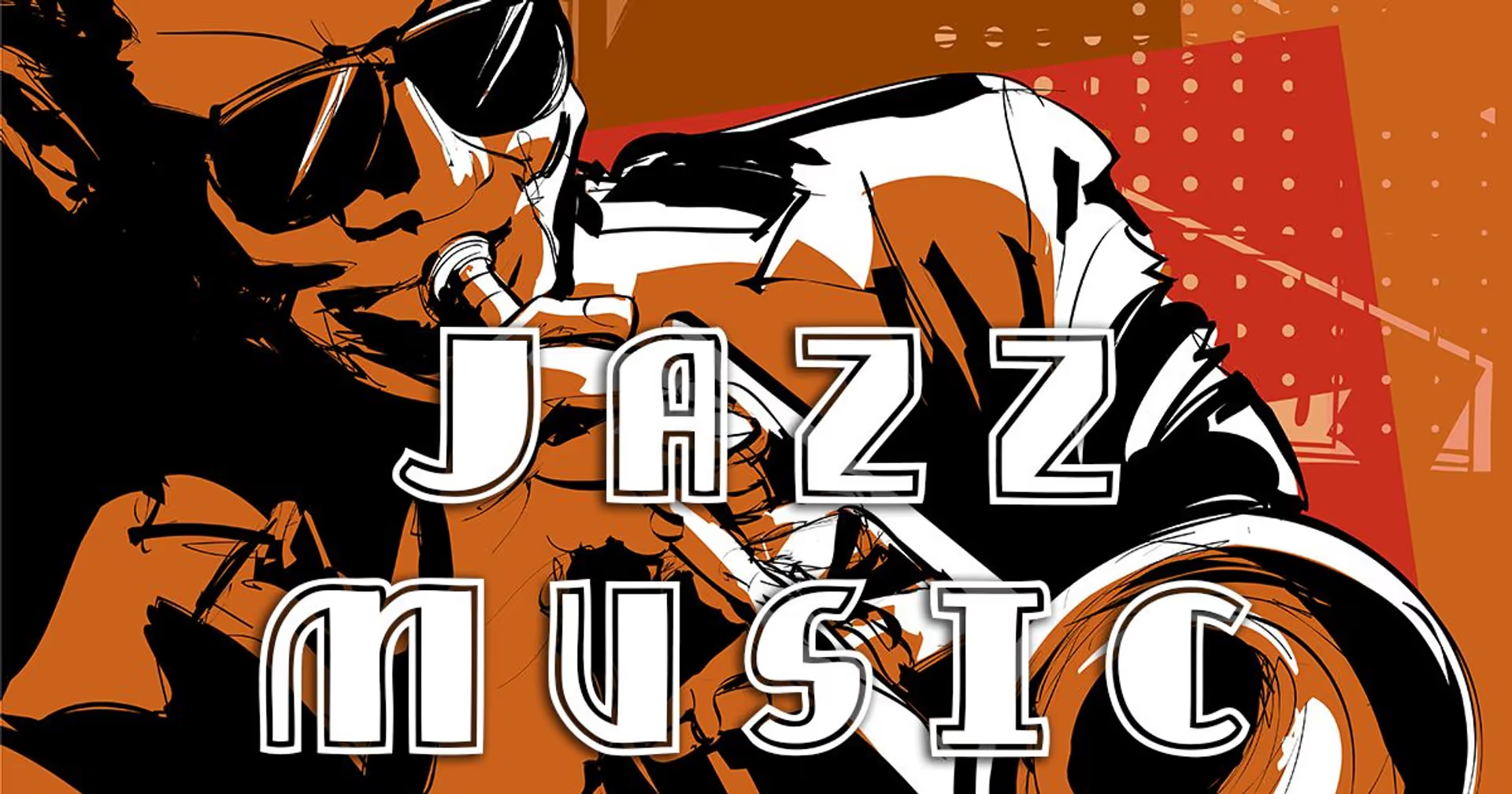
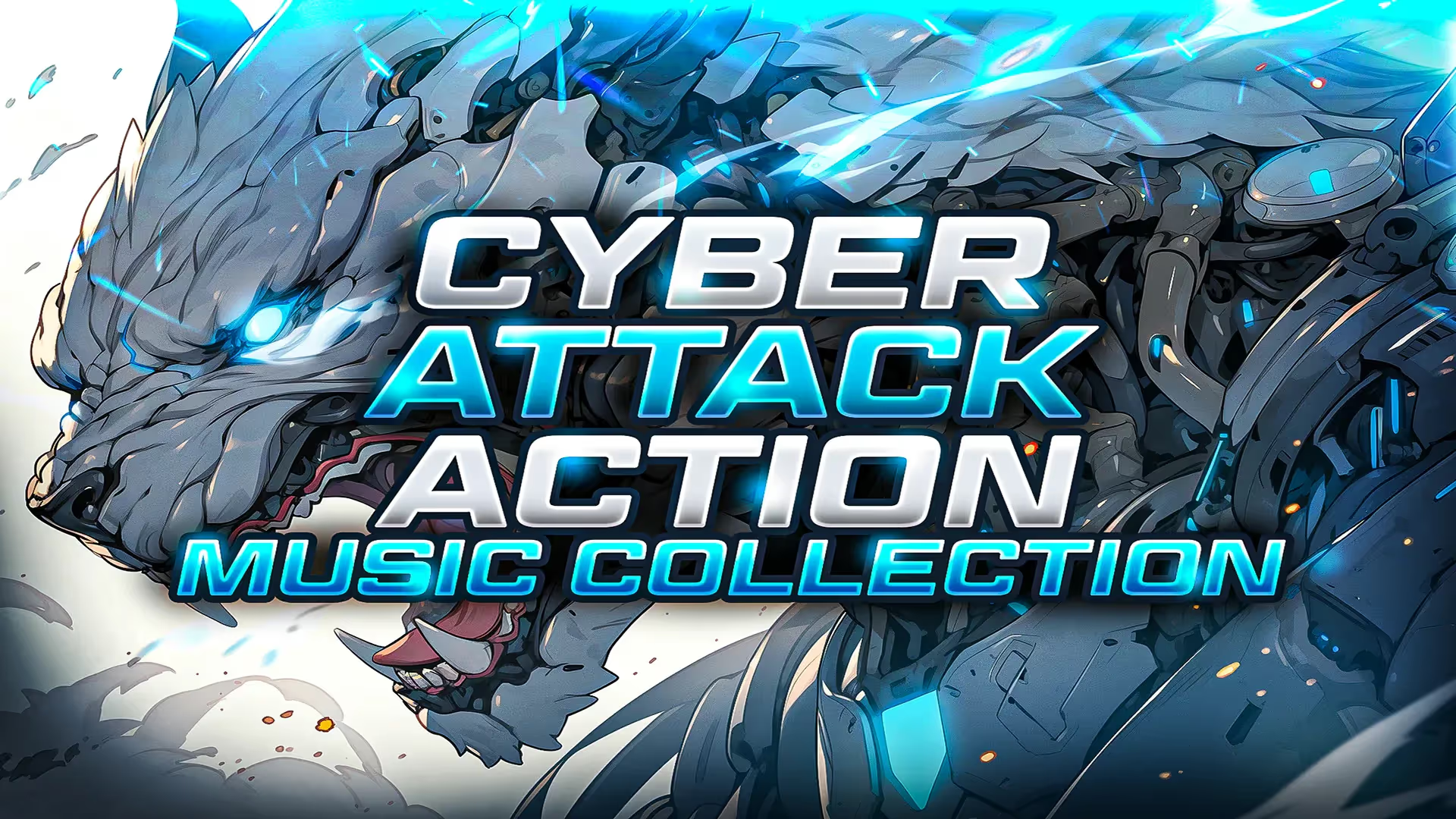
.avif)

.avif)



